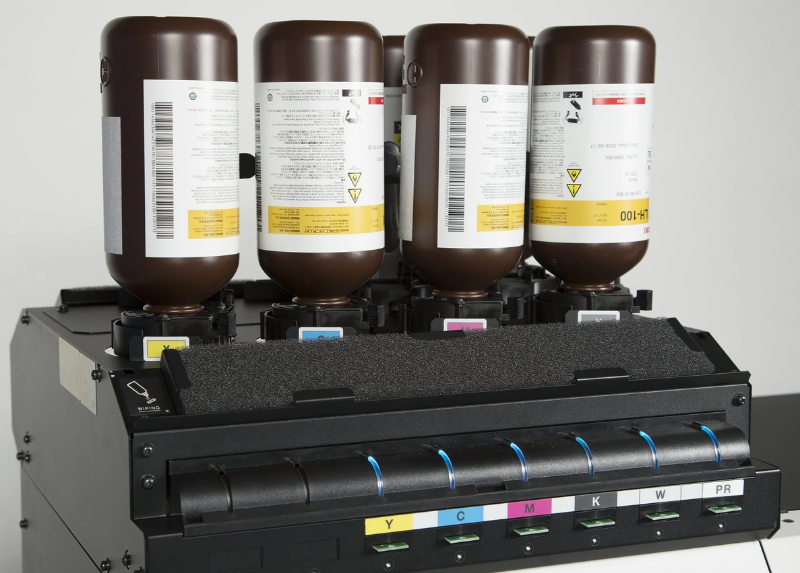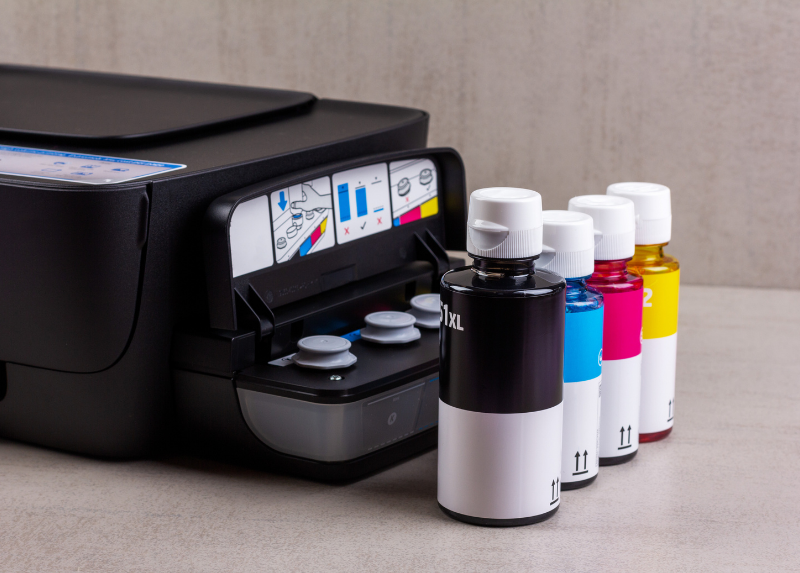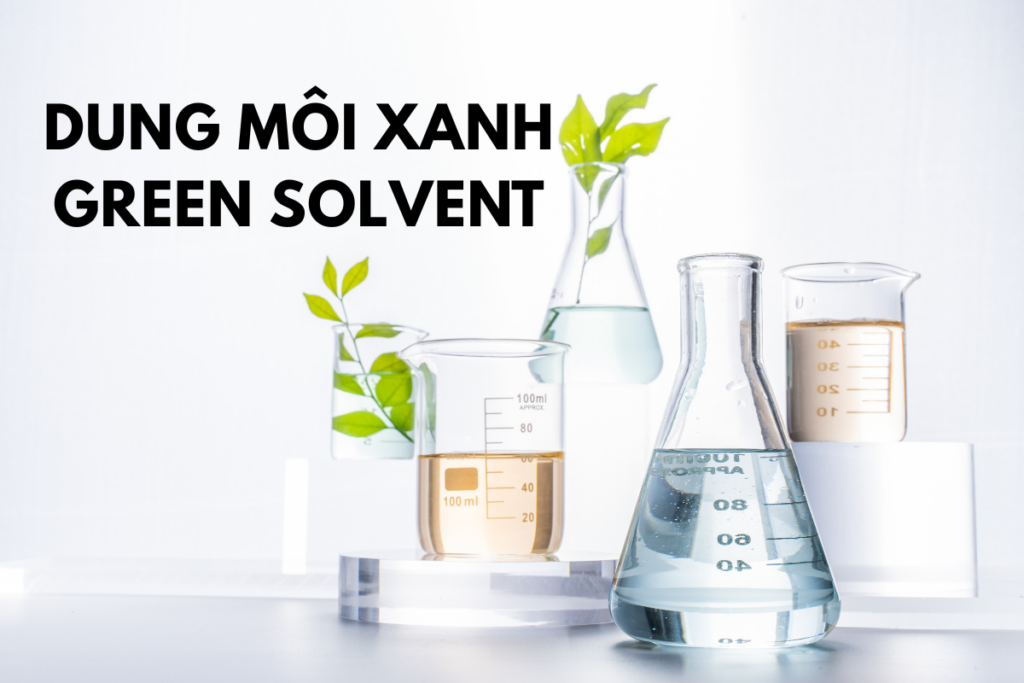What is a solvent? Classification, properties, applications of solvents
16/05/2025
|
Industry news
Solvent is a familiar concept in chemistry and life, but not everyone understands it clearly. In this article, we will explore what a solvent is, how to classify it, its characteristic properties, practical applications, as well as its impact on human health and the environment.
What’s solvent?
A solvent is a liquid, solid or gas that can dissolve another substance (called a solute) to form a homogeneous solution. In fact, solvents are often liquids and are widely used in industry, medicine, and daily life. The most typical example is water – the most common solvent on Earth, or organic solvents such as acetone, ethanol.
Solvents play an important role in adjusting viscosity, increasing solubility, or mediating chemical reactions. Therefore, understanding solvents helps us apply them more effectively in many fields.

Solvent classification
Solvents are classified based on many different criteria. Below are the two most common classifications:
Classification by chemical nature
- Organic solvents: Compounds containing carbon, such as methanol (CH3OH), toluene (C7H8), acetone (C3H6O). They are often used in the paint, ink, and pharmaceutical industries.
- Inorganic solvents: Do not contain carbon, such as water or liquid ammonia. This type is often less toxic and environmentally friendly.
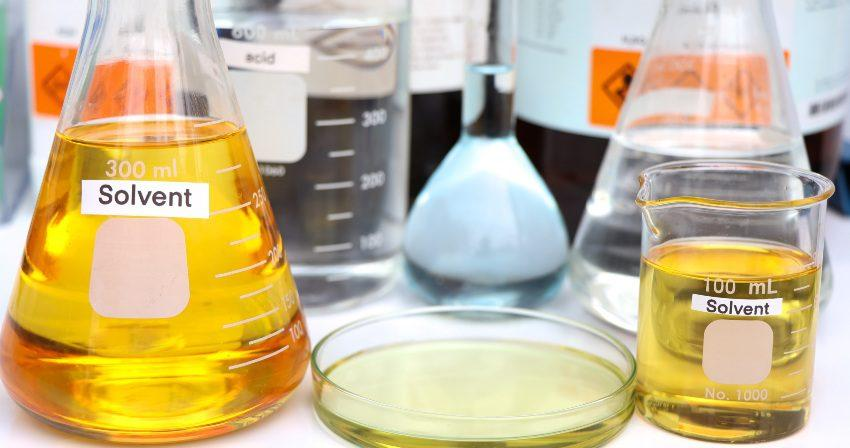
Classification based on dielectric constant
- Polar solvents: Have high dielectric constants, easily dissolve polar substances (such as water, ethanol).
- Non-polar solvents: Low dielectric constants, suitable for non-polar substances (such as xylene, toluene).

Solvent properties
Solvents have unique characteristics that directly affect their effectiveness. Here are some notable properties:
Solvent boiling point
The boiling point determines the temperature at which the solvent changes from liquid to vapor. For example, ethanol has a boiling point of about 78°C, while toluene is 110°C. Low boiling points are often suitable for applications that require rapid evaporation.
Solvent density
The density (specific gravity) indicates how heavy or light the solvent is compared to water. Acetone has a density of 0.79 g/cm³, lighter than water (1 g/cm³), while xylene is heavier with a density of 0.86 g/cm³.
Flammability
Many organic solvents such as methanol and ethanol are flammable, requiring careful storage to avoid the risk of fire or explosion.
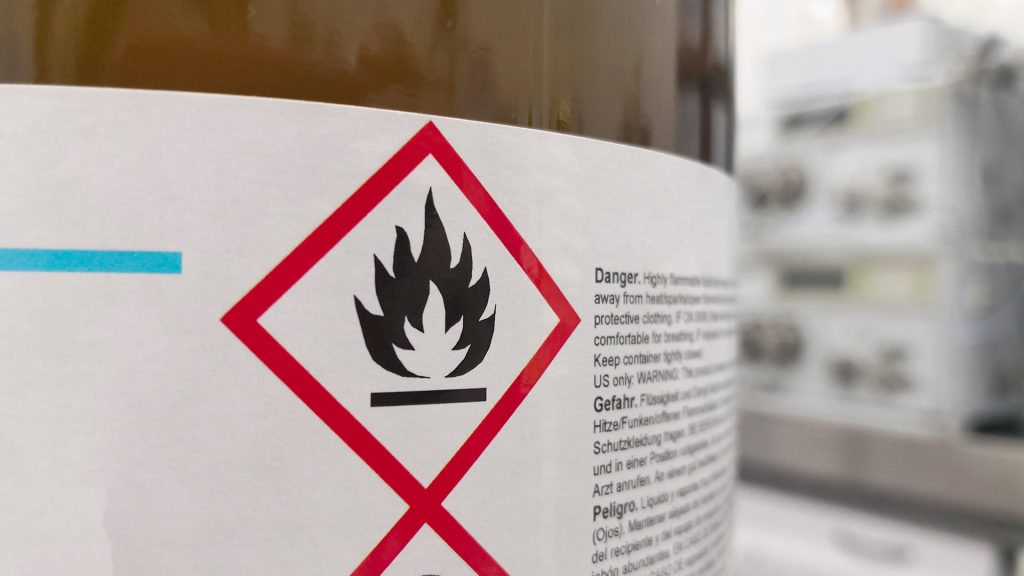
Explosive peroxide formation
Some solvents (such as ether) can form peroxide when exposed to air or light, which is dangerous if not controlled.
Applications of solvents in life
Solvents appear everywhere in modern life:
- Industry: As a paint thinner, ink, glue.
- Medicine: Production of drugs, extraction of medicinal herbs.
- Cosmetics: Dissolving essential oils, producing perfumes, cosmetics.
- Life: Cleaning (acetone in nail polish remover), cleaning surfaces.
Thanks to their versatility, solvents have become an indispensable part of production and consumption.

Effects of solvents on humans and the environment
Although useful, solvents also pose many risks if not used properly.
Impact of solvents on human health
Inhalation or direct contact with organic solvents such as toluene, methanol can cause headaches, dizziness, liver and kidney damage, and even death if exposed for a long time.

Impact of solvents on the environment
Solvents released into the environment can pollute water sources, air, and deplete the ozone layer. For example, xylene evaporates quickly, contributing to the greenhouse effect if not handled properly.
Some commonly used solvents today
Below are common solvents and their chemical formulas:
- Methanol (CH3OH): Used in fuel, chemical production.
- Xylene (C8H10): Used in paint, plastic.
- Toluene (C7H8): Used as an industrial solvent, glue production.
- Isobutanol ((CH3)2CHCH2OH): Used in paint and biofuel.
- Ethanol (C2H5OH): Alcohol production, extraction solvent.
- Acetone (C3H6O): Cleaning, plastic production.
Are solvents toxic?
For humans
Not all solvents are toxic, but many organic ones (such as toluene, methanol) can be harmful if exposed for a long time or without protection. Common symptoms include skin, eye irritation, or damage to the nervous system.
For the environment
Organic solvents are volatile, polluting the air and water. However, some solvents such as ethanol are less toxic and biodegradable, minimizing negative impacts.
Conclusion
Solvents are an indispensable component in many fields, from industry to life. However, their use must be accompanied by an understanding of their properties and impacts to ensure safety for humans and the environment. If you are looking for a suitable solvent, consider the intended use and safety factors!
K-CHEM VIETNAM CO., LTD
- N6B Road, Lot F, Phu Chanh 1 Industrial Park, Phu Chanh Ward, Tan Uyen City, Binh Duong Province, Vietnam
- Tel: +84 274 362 0218
- Email: info@k-chem.vn
- Website: https://k-chem.vn


